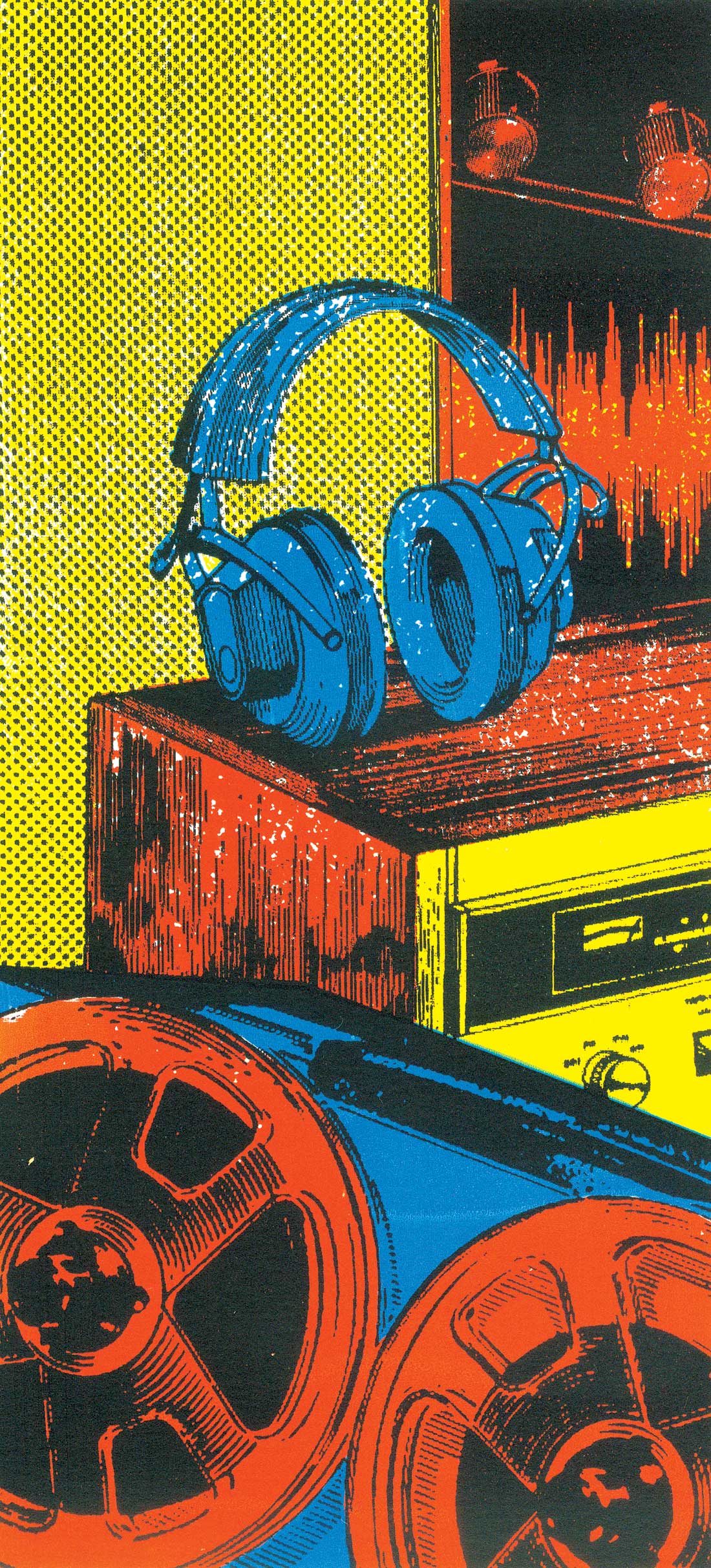Every once in a while, an idea comes along that's so elegant in principle and brilliant in execution that when you experience it, you think, "Duh!" That's the Recoil Stabilizer. What it does is so simple, and the improvement you hear is so immediate, you have to say to yourself, "Why wasn't this invented years ago?" I see a lot of nearfield monitors sitting on top of foam blocks or wedges. Unfortunately, foam allows the speaker cabinet to move, wobble, and vibrate in opposition to the speaker's drivers. That's Newton's Laws of Motion working-the conservation of momentum. It's true that the foam offers some damping of the motion, but the speaker still moves (and you can actually feel it if you put your fingernail lightly up against the cabinet, even at moderate volumes), especially as it recoils and settles in reaction to transients. How do you change Newton's Laws? Well, you don't. What you can do instead is add mass to the cabinet because momentum is the product of mass and velocity, so as you increase the mass of the cabinet, the speaker will react less to the drivers moving. And that's essentially what the Recoil speaker platform does; it reduces the recoil effect. Yes, it starts with a plinth of foam to decouple the speakers from the surface it's on, but here's where the extra physics come in. The speaker sits on top of a heavy, steel plate with a very sticky-but very thin-layer of neoprene uniting the mass of the plate and speaker, creating a coupled, high-mass system. (The laser-cut steel plate is even right-angle curved in the front to prevent standing waves.) And all that sits on top of the decoupling foam. What does this mean in practice? Transients hit with much more impact because the speaker cabinet moves to a lesser degree against the drivers, so more of the intended driver excursion is preserved. And because the speaker cabinet no longer wobbles after the initial recoil, what you hear in the mids and highs is no longer blurred (phase-smeared). The first time I placed my Bag End M-6 Time-Align monitors on top of RX7 Recoils, I immediately heard the difference. More-and punchier-low end. Better defined mids. Clearer highs. And it wasn't some kind of immeasurable difference that self-proclaimed, golden-ear audiophiles who spend $1000 per foot on speaker cable purport to hear. The increased clarity is not at all subtle! If you have a need to decouple your speakers from the surface upon which they sit (like your console's meter bridge or your bookshelves), the Primacoustic Recoil Stabilizer is definitely the way to go. Plus, the Recoil looks way cooler than foam wedges or blocks. It's available in various sizes.
(RX7 $99 each MSRP; www.primacoustic.com)
Tape Op is a bi-monthly magazine devoted to the art of record making.




_disp_horizontal_bw.jpg)